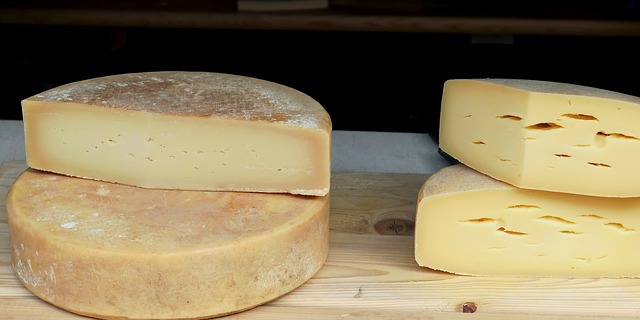Originating in Italy’s Aosta Valley, Fontina cheese is a beloved member of the vast world of cheeses. Made from cow’s milk, this cheese is known for its creamy texture and rich flavor profile. But what does Fontina taste like?
Fontina cheese has a delicate, nutty flavor with mild, sweet undertones. It strikes a balance between richness and subtlety, becoming stronger and more robust in taste as it ages. The cheese has a smooth, creamy texture that melts beautifully, making it ideal for various culinary applications.
Fontina cheese pairs exceptionally well with crusty bread and red wine, making it an excellent choice for a cozy fondue night. The unpasteurized milk used in its production contributes to its distinct taste and adds depth to every bite. Its curds are carefully crafted to achieve just the right amount of fat content, resulting in a luscious texture that melts beautifully when heated.
Flavor Profile of Fontina Cheese
Fontina cheese is known for its delicate and nutty flavor. This Italian cheese has a distinctive taste that sets it apart from other varieties. Let’s explore the flavor profile of fontina cheese and discover what makes it so special.
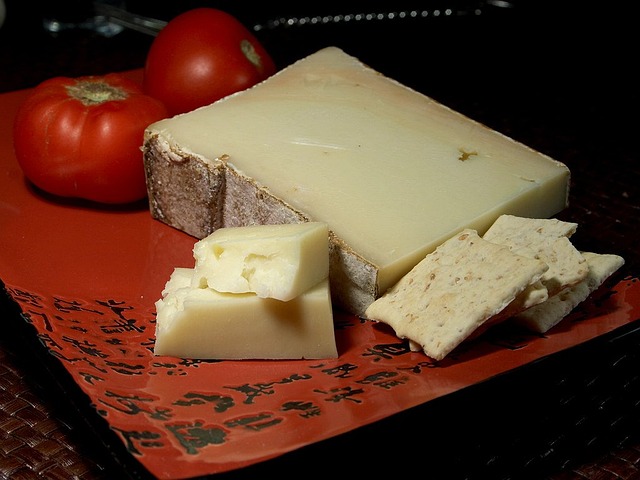
Delicate and Nutty Flavor
One of the key characteristics of fontina cheese is its delicate flavor. It offers a subtle yet distinct taste that is not overpowering. The nuttiness adds an extra layer of richness to the overall experience, making it a favorite among cheese enthusiasts.
Mildly Sweet Undertones
In addition to its nutty flavor, fontina cheese also boasts mildly sweet undertones. These subtle hints of sweetness provide a pleasant contrast to the savory notes, creating a harmonious balance on your palate. The combination of nuttiness and sweetness makes fontina cheese incredibly versatile in various culinary applications.
Develops a Stronger Taste with Age
As fontina cheese ages, it develops a stronger taste that becomes more pronounced over time. Younger fontina tends to have a milder flavor, while aged varieties offer a more robust and complex profile. This aging process enhances the depth and intensity of flavors, making aged fontina an excellent choice for those who prefer bolder tastes.
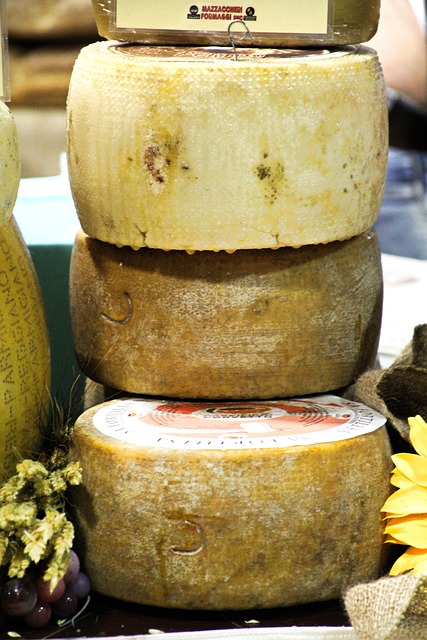
Smooth Texture
Apart from its delightful flavor, its smooth texture is another aspect that sets fontina cheese apart. It has a creamy consistency that melts beautifully when heated, making it perfect for melting on pizzas or incorporating into gratins and fondues. The smoothness adds an indulgent touch to any dish, elevating the taste and presentation.
Flavor Enhancer in Various Dishes
Due to its luscious flavor profile, fontina cheese is an exceptional flavor enhancer in numerous dishes. Its buttery flavor complements both sweet and savory ingredients alike, making it incredibly versatile in the kitchen. Whether you’re melting it into a pasta sauce, sprinkling it over a salad, or enjoying it on its own with some crusty bread, fontina cheese adds a touch of decadence to every bite.
Fontina cheese is truly a culinary gem with its delicate and nutty flavor, mildly sweet undertones, and smooth texture. It evolves in taste as it ages, becoming more robust and complex over time. Its versatility makes it an excellent choice for enhancing the flavors of various dishes. So go ahead and indulge yourself in the lusciousness of fontina cheese!
Suitable Substitutes for Fontina Cheese
Gruyère: A Nutty Delight
Gruyère is an excellent substitute for Fontina, offering a similar taste profile with its rich and savory notes. Just like Fontina, Gruyère boasts a creamy texture that melts beautifully when heated, making it perfect for dishes like fondue or gratins. For more information, check out my article on Gruyere’s flavor profile.
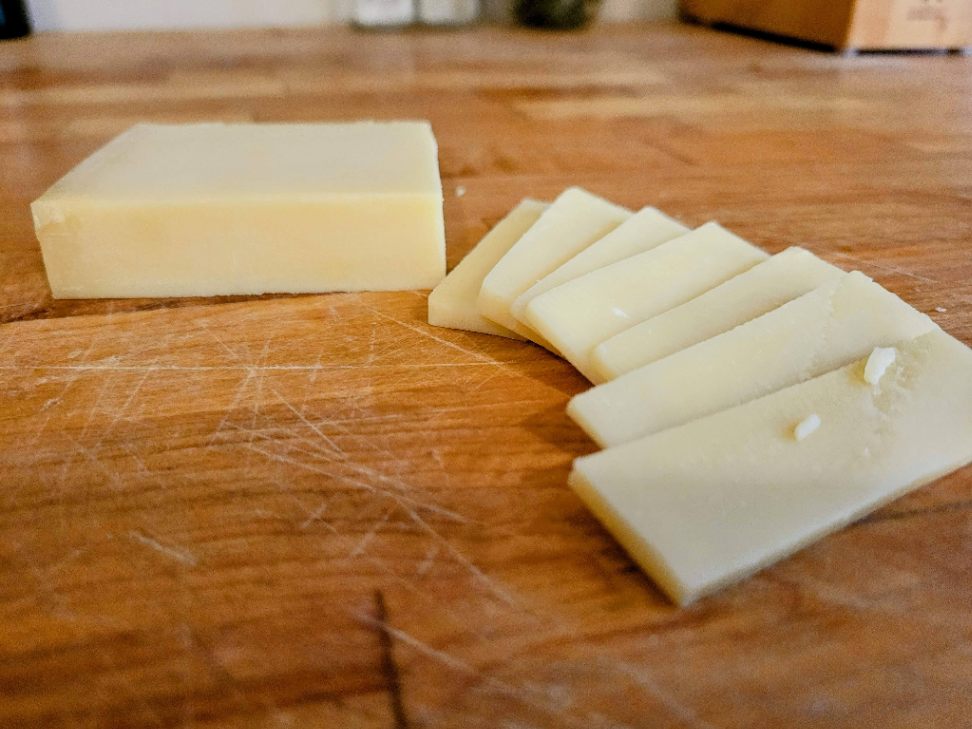
Mozzarella: Mild and Versatile
Mozzarella is an excellent choice if you prefer a milder alternative to Fontina. While it may not have the same nuttiness as Fontina, mozzarella still brings a delightful creaminess to your dishes. Its mild flavor pairs well with various ingredients, allowing other flavors to shine. Whether you’re making pizza, pasta dishes, or sandwiches, mozzarella can provide the perfect melty goodness. For additional information, read my article on Mozzarella’s meltability.
Emmental: A Close Match
Another suitable substitute for Fontina is Emmental cheese. Hailing from Switzerland just like Gruyère, Emmental shares some similarities in terms of taste and texture. It has a slightly nutty flavor and melts easily when heated. Emmental’s distinctive characteristic is its large holes or “eyes” throughout the cheese, which add visual appeal to your dishes. Use Emmental as an alternative in recipes calling for Fontina to achieve comparable results.
There are other options worth exploring as well:
- Provolone: This Italian cheese offers a mild and slightly tangy flavor that can work well as a substitute.
- Parmesan: Known for its sharp and salty taste, Parmesan can add depth of flavor when used instead of Fontina.
Remember, each substitute may have its own unique characteristics that can enhance your dishes in different ways. Don’t be afraid to experiment and try different options to find the perfect substitute for your specific recipe.
Fontina Serving Suggestions
Whether you’re a fan of mild or strong flavors, Fontina cheese is incredibly versatile and can enhance a variety of dishes.
One popular way to enjoy Fontina is by melting it over a warm baguette or crusty bread, creating a gooey and indulgent treat.
You can also incorporate it into pasta dishes, such as creamy macaroni and cheese.
Fontina’s rich and nutty taste pairs beautifully with cured meats like prosciutto, making it an excellent addition to charcuterie boards.
And let’s not forget about its role in the heavenly combination known as grilled cheese sandwiches!

Whether hosting a dinner party or simply treating yourself to a cozy night in, experimenting with different ways to enjoy this versatile cheese will elevate your dining experience.
Recipes Featuring Fontina Cheese
Fontina cheese is a versatile ingredient that adds a rich and creamy flavor to various dishes. Whether you want to create a classic Italian dish or a comforting sandwich, fontina cheese can elevate your culinary creations. Here are three mouthwatering recipes featuring fontina cheese:
Fontina-Stuffed Chicken Breasts
Impress your dinner guests with this flavorful and elegant dish. Start by pounding chicken breasts until they are thin and even. Then, stuff them with a generous amount of fontina cheese and roll them up tightly. Secure the rolls with toothpicks and sear them in a hot skillet until golden brown on all sides.
Once the chicken rolls are cooked through, transfer them to a baking dish and top each roll with marinara sauce. Sprinkle grated fontina cheese over the top and bake in the oven until the cheese is melted and bubbly. Serve these delicious fontina-stuffed chicken breasts with pasta or roasted vegetables for a complete meal.
Here is a good recipe for Fontina-Stuff Chicken Breasts.
Fontina and Mushroom Risotto
Risotto is known for its creamy texture and rich flavors, making it an excellent canvas for showcasing fontina cheese. Begin by sautéing finely chopped onions in butter until they become translucent. Add Arborio rice to the pan and stir it around, allowing each grain to be coated in butter.
Next, gradually add warm chicken or vegetable broth to the rice while stirring constantly. This slow cooking process allows the rice to release its starches, resulting in a creamy consistency. When the risotto is almost done, fold in sautéed mushrooms and grated fontina cheese. Stir until the cheese melts completely, coating every grain of rice with its velvety goodness.

Fontina and Prosciutto Panini
For a quick yet satisfying meal, try making a fontina and prosciutto panini. Begin by layering slices of prosciutto onto one side of a crusty baguette or ciabatta bread. Top the prosciutto with generous slices of fontina cheese and add any desired additional ingredients, such as sliced tomatoes or arugula.
Close the sandwich and brush both sides with olive oil. Place it in a panini press or grill pan and cook until the bread is toasted and the cheese has melted. The result is a deliciously melty, crispy-on-the-outside sandwich that perfectly balances the flavors of the fontina cheese and prosciutto.
Fontina cheese brings a unique taste to these recipes, enhancing their flavors with its creamy, nutty profile. Its meltability makes it ideal for stuffing, melting, or grating over dishes. So whether you’re craving a comforting risotto, an elegant stuffed chicken breast, or a quick and tasty panini, fontina cheese is sure to delight your taste buds.
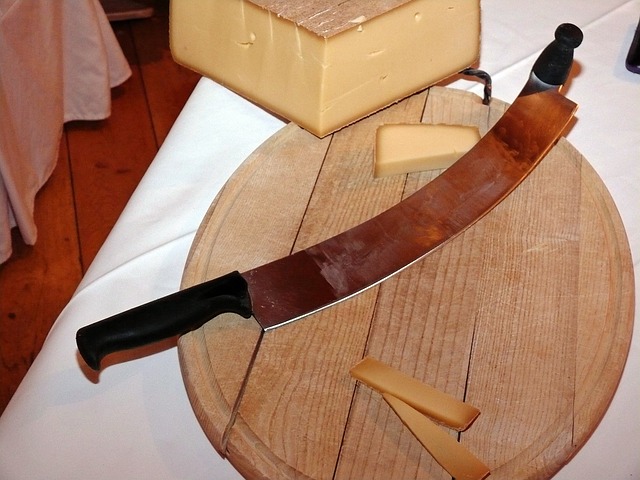
Frequently Asked Questions (FAQs)
Can I freeze Fontina cheese?
You can freeze Fontina cheese. However, keep in mind that freezing may alter its texture slightly. It is best to wrap the cheese tightly in plastic wrap or place it in an airtight container before freezing. When thawing, allow the cheese to defrost slowly in the refrigerator for optimal results.
Is Fontina cheese lactose-free?
Fontina cheese contains small amounts of lactose but is generally considered low in lactose content compared to other dairy products. If you have lactose intolerance, it’s advisable to consume small portions initially and monitor your body’s reaction.
How long does Fontina cheese last?
When stored properly in the refrigerator, Fontina cheese can last for about 2-3 weeks. It is important to keep it in a sealed container or wrap it tightly in plastic wrap to prevent moisture and odors from affecting its quality.
Can I use Fontina cheese for fondue?
Fontina cheese is an excellent choice for fondue due to its meltability and rich flavor. Combine it with other cheeses like Gruyère or Emmental for a deliciously creamy and smooth fondue experience.
Is Fontina cheese suitable for vegetarians?
Most varieties of Fontina cheese are made with animal rennet, which is derived from the stomach lining of calves. Therefore, strict vegetarians may choose to avoid traditional Fontina cheese. However, there are some vegetarian-friendly versions available that use microbial or vegetable-based rennet instead. Always check the label or inquire with the manufacturer to ensure you’re selecting a suitable option.

